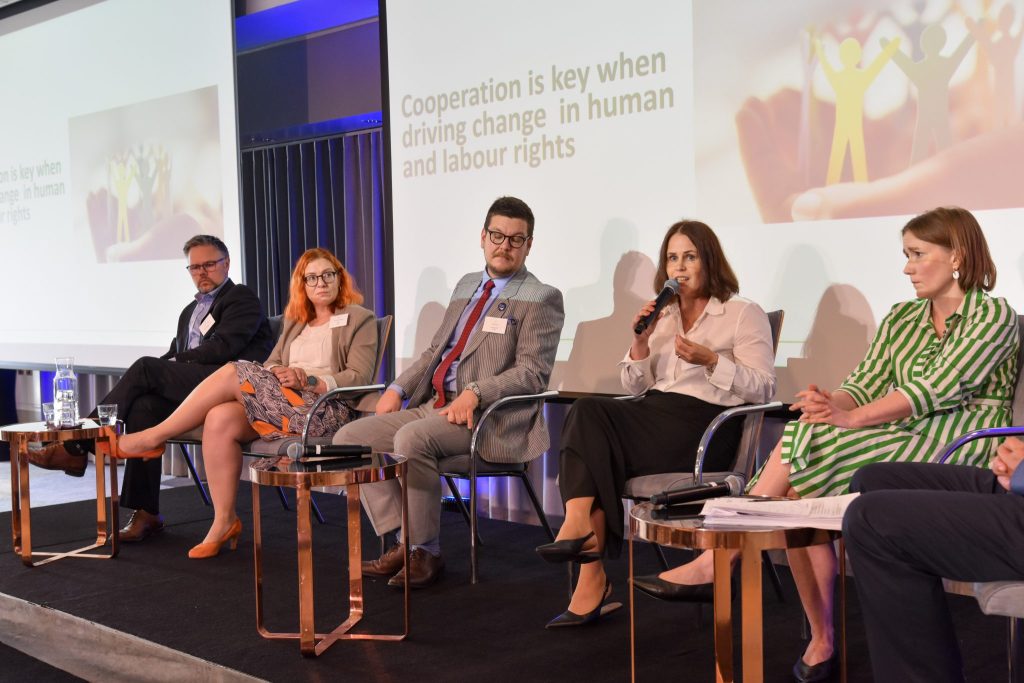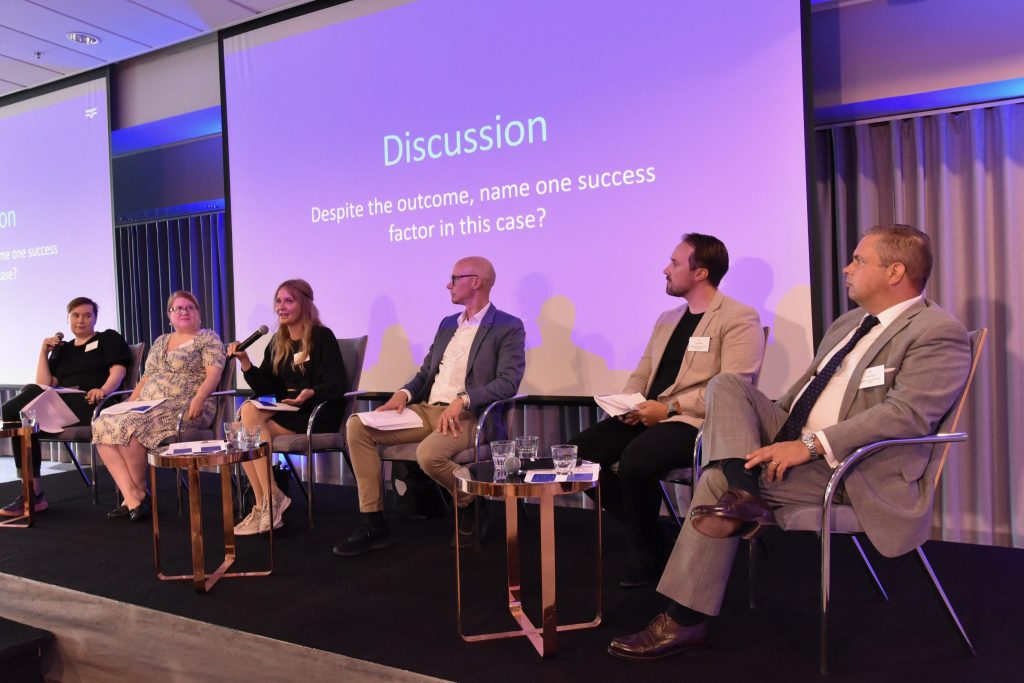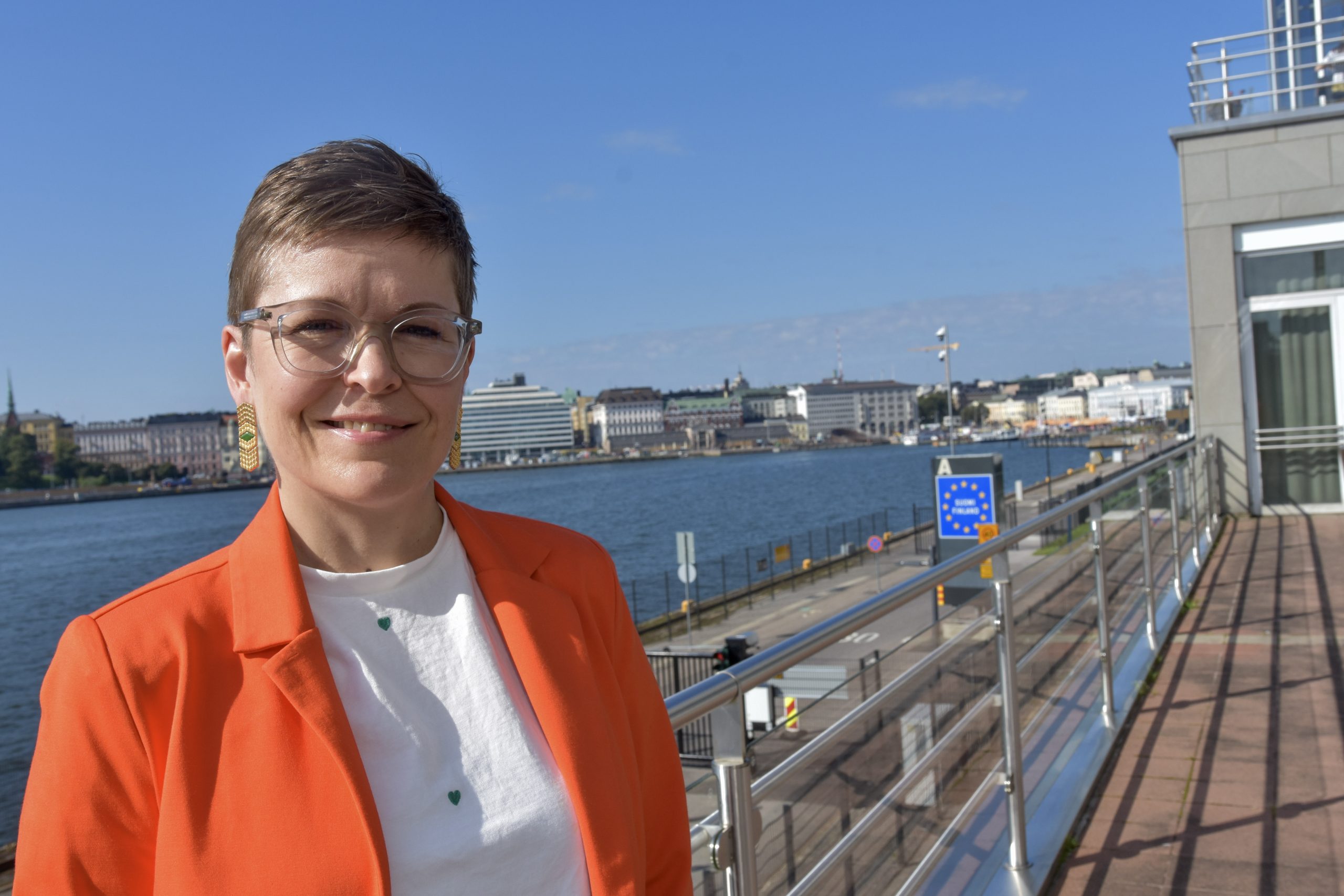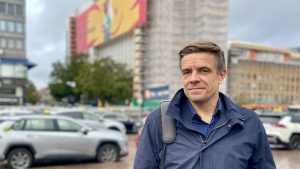Labour market crime has gained a foothold in all the Nordic countries, especially where labour immigration is concerned. The question is whether there is one solution to these challenges or whether the differences between the countries are too large.
Natalia Ollus is the director of HEUNI, the European Institute for Crime Prevention and Control, in Helsinki. She believes Finland has come further than most of the other Nordic countries.
Read this article in Norwegian on our Arbeidsliv i Norden.
“We have been working systematically with this for more than 20 years. It has not been a total success story, but I do believe we can call it a relative success.
“We have addressed the problem somewhat differently than our neighbours. It could be useful for them to look to Finland,” argues Ollus.
What is HEUNI?
An abbreviation for The European Institute for Crime Prevention and Control, affiliated with the United Nations.
It is the European regional institute in the UN’s network of criminal justice and crime prevention programmes.
An independent research institute established in 1981.
Based in Helsinki.
Challenges remain
Ollus thinks media attention is helping to put the issue high on the political agenda.
She shows a collection of media stories, including articles with headlines such as “Forced labour remains the leading for human trafficking in Finland” and “Yle investigation reveals hidden exploitation in Finland’s nail salons”.
And there is still plenty to address. The National Assistance System for Victims of Human Trafficking (The NAS) is a Finnish national expert body and assistance system for victims of human trafficking.
More than two-thirds of all the new cases they received last year were linked to workplace exploitation, and a lot were linked to the harvest of wild produce like forest berries, berry farms and the restaurant and cleaning sectors.

Many of the exploited workers are in Finland legally, yet they are still vulnerable, says Olleus. Not least because many of them are in deep debt after having paid a considerable “entrance fee” to get a job in the country.
Most victims are men, and the exploitation often takes place within a network where strawmen and victims share national or cultural backgrounds.
Trade union membership levels are low, which again makes it harder to report the issues or demand better conditions.
Not quite the same issue
HEUNI is one of several partners in the INTEGRATE research project. They cooperate with the Institute of Criminology at Lund University in Sweden and the research foundation FAFO in Norway. The project is funded by the Nordic Council of Ministers.
INTEGRATE – a Nordic research project on labour market crime
The project’s full name is “INTEGRATE: Integrative Approaches to Labor Exploitation and Work-related Crime: Knowledge, Translation, Transfer and Exchange in the Nordic Context”.
It is a collaborative project between researchers at HEUNI in Finland, the Institute of Criminology at Lund University in Sweden and the research foundation FAFO in Norway.
The results will be published in 2025. In addition to a research report, several practical tools will be developed.
Funded by the Nordic Council of Ministers.
The final report will be published towards the end of this year, but Olleus could offer some previews when she participated at the conference “Preventing Labour Exploitation and Promoting Fair Work”.
The challenges with developing a common Nordic model already begin with the terminology, according to Ollus.
In Norway and Sweden, there is talk of labour market crime and social dumping. Denmark has for a long time considered labour market crime to be mainly an issue of labour law and contractual breaches.
In Finland, there is talk of labour market crime as economic crime or being part of the so-called “grey economy”.
Different ways of carrying out inspections
Ollus points out that there are differences in how supervisory authorities operate and they have different mandates. In Finland, the relevant authority is duty-bound to report exploitation to the police and to refer victims to support services.
This is not the case in the other Nordic countries.
The main differences between the supervisory models can be summed up like this;
Labour inspection model – Finland and Norway: Labour inspectors supervise the working conditions of migrant workers.
Trade union model – Sweden and Denmark: Trade unions supervise wages and working conditions for migrant workers. But who monitors the working conditions of those who are not union members?
Hybrid supervision model – Iceland: At the beginning of 2025, a formalised collaboration between trade unions and authorities was established to oversee the working conditions of migrant workers.
Being treated fairly
Olleus points to further challenges when it comes to the exploitation of labour in the Nordic region.
One key issue is that the labour inspectorates, as in Sweden and Denmark, lack the mandate to monitor the employment conditions of migrant workers. She wonders whether the mandate could be expanded if exploitation were defined as a matter of occupational health and safety.
Another question is whether the cooperation between the social partners should be strengthened, as it has been in Iceland.
Another crucial issue is how to define the exploitation of workers. Is it a criminal act or is it a labour market issue? And are penalty frameworks and associated sanctions sufficiently strict?

Several Nordic countries are now looking to develop a tighter collaboration between different authorities, like what is being done at the A-krim centres in Norway and Sweden. But is there sufficient focus on the victims’ rights?
And while rights are one thing, the victim’s experience is something else, points out Ollus. She points out that for many victims, fair treatment is more important than the final outcome of the process or a court verdict.
If the victim feels that the police are not interested in their case, the sense of injustice becomes much stronger, according to her.
Finally, Ollus highlights a broader question: Is there sufficient political will to prioritise the resources necessary to combat labour market crime?






